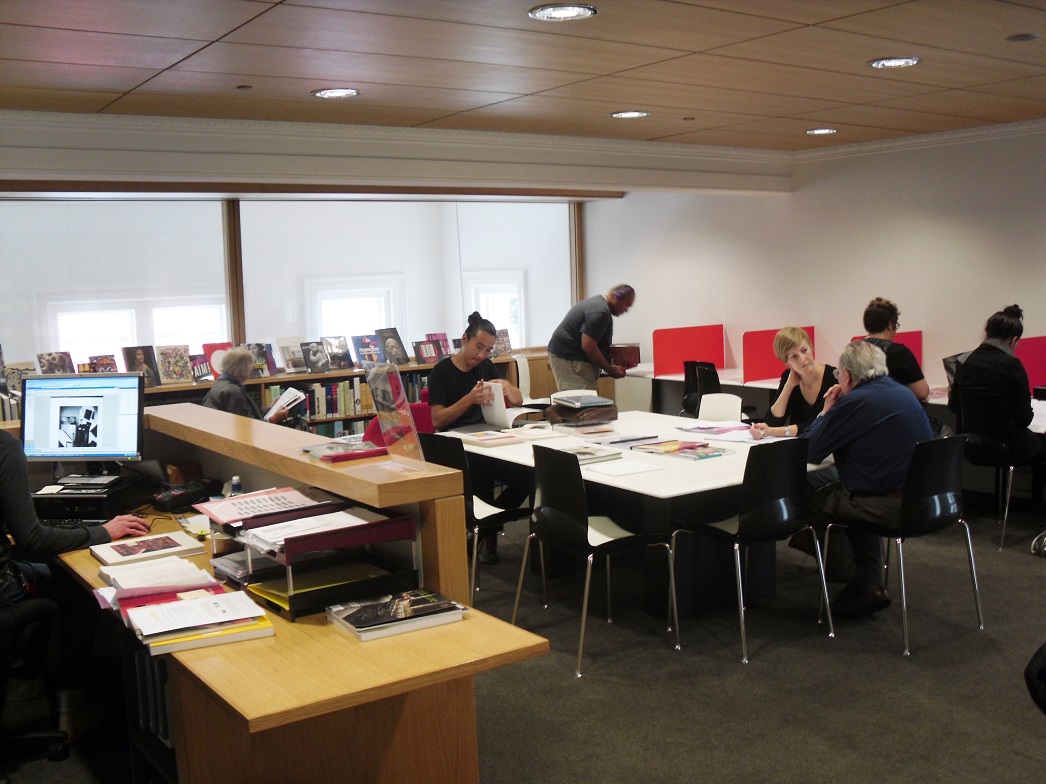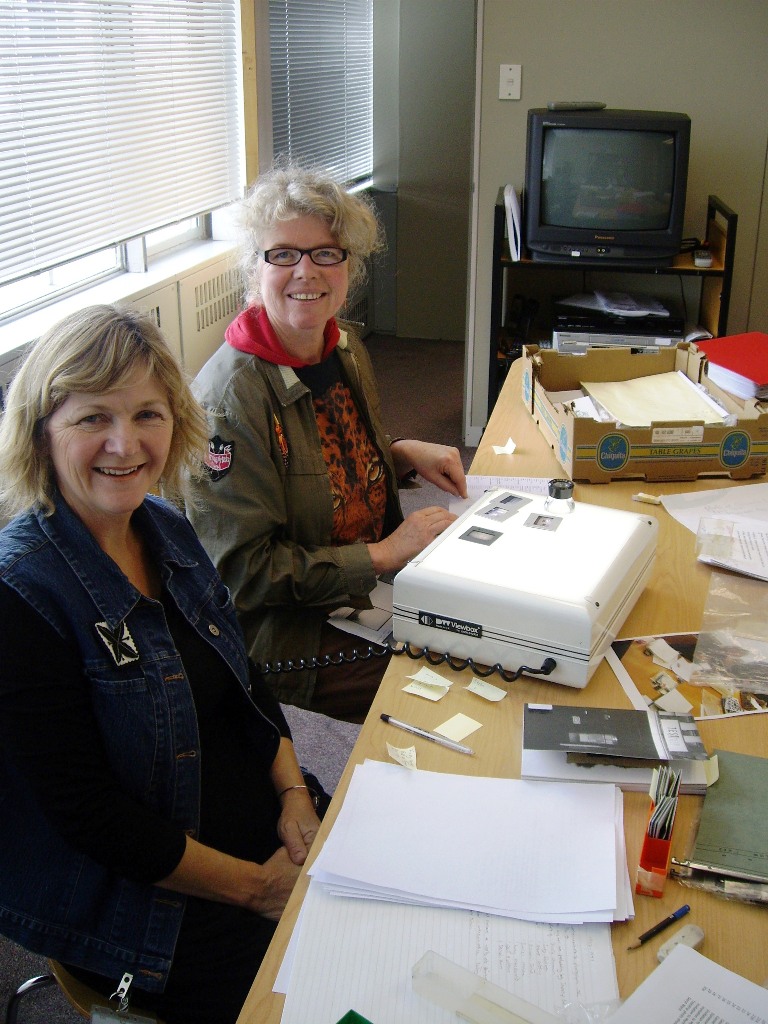Librarian/Archivist Caroline McBride invites artists to visit the Gallery’s Research Library
Auckland Art Gallery Toi o Tāmaki values our artist communities, and this article introduces you to the resources we have here at the Gallery’s E H McCormick Research Library. While reference only, the Library is available to visit without appointment: our hours are Monday to Friday 1pm–5pm and we can be found on the Gallery’s Mezzanine level. Our published collections are listed on the Auckland Libraries catalogue and our archives are listed here on the Gallery’s website. Dedicated staff are available to help you with research, finding relevant resources and facilitating reproductions.


